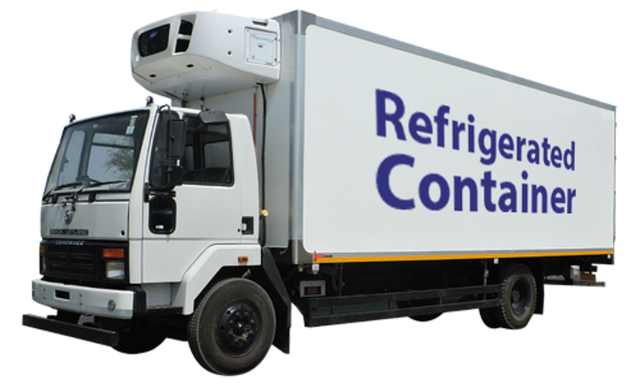Looking to register your car in California? This guide walks you through the entire process, ensuring a smooth experience. First, understand the state’s registration requirements for cars. Next, gather essential documents for VIN (Vehicle Identification Number) verification, a crucial step in the registration process. Learn how to perform a VIN check online and complete the registration application form accurately. Finally, submit payment and receive your official registration papers. Key terms: VIN verification, car registration California.
- Understand California Car Registration Requirements
- Gather Necessary Documents for VIN Verification
- Perform Vehicle Identification Number (VIN) Check
- Complete Online Registration Application Form
- Submit Payment and Receive Your Registration Papers
Understand California Car Registration Requirements

Before registering your car in California, it’s crucial to understand state requirements for vehicle identification number (VIN) verification. The California Department of Motor Vehicles (DMV) mandates that all vehicles must undergo a VIN inspection to ensure they meet safety and emissions standards. This process involves checking the vehicle’s unique VIN against state records to verify its history, including previous owners, maintenance records, and any reported accidents or thefts.
A valid and accurate VIN is essential for successful car registration. In California, you can complete this verification through traditional methods at a DMV field office or opt for a more convenient solution with a mobile VIN inspection service. These services send trained professionals to your location, conducting a thorough VIN inspection right in your driveway. This alternative approach saves time and effort, especially for those who live far from DMV branches or have limited mobility.
Gather Necessary Documents for VIN Verification

Before you begin the registration process, it’s crucial to gather all the essential documents for VIN (Vehicle Identification Number) verification in California. This step is a critical part of ensuring your car’s history and authenticity are accurately assessed. For a seamless experience, have the following ready: your vehicle’s registration certificate from the previous state, proof of insurance, a valid driver’s license, and the purchase agreement or sales contract if applicable. Additionally, you’ll need to provide a completed California Vehicle Registration Application form.
For a more convenient and efficient process, consider utilizing mobile VIN verification services or scheduling a mobile VIN inspection. These options allow for on-site inspections, saving you time and effort by eliminating the need to visit a DMV office. With these steps in place, you’ll be well on your way to registering your vehicle smoothly and without complications.
Perform Vehicle Identification Number (VIN) Check

Before registering your car in California, performing a Vehicle Identification Number (VIN) check is crucial. This step involves verifying the vehicle’s history and ensuring it meets all necessary safety standards. You can conduct this vin verification through various methods, including using an online service or requesting a mobile vin inspection from certified professionals.
A mobile vin verifier can conveniently come to your location to perform a thorough inspection. They utilize advanced technology for accurate results and can instantly provide you with detailed vehicle information. This option is particularly useful if you have a busy schedule or prefer the convenience of having the check done at your desired spot, whether it’s your home or office.
Complete Online Registration Application Form

To begin the registration process for your car in California, start by completing the Online Registration Application Form. This form is accessible through the California Department of Motor Vehicles (DMV) website and requires basic information about both you and your vehicle. One crucial aspect of this process involves the VIN verification—the Vehicle Identification Number (VIN) acts as a unique fingerprint for your car, and its accuracy is essential for proper registration.
Ensure that your VIN is correctly entered, as it will be cross-checked with the DMV’s records. For added convenience, many individuals opt for a mobile vin inspection or use mobile vin verifiers to streamline this step. These services can help validate your VIN in real-time, saving you time and potential headaches during registration.
Submit Payment and Receive Your Registration Papers

After completing your vehicle’s registration application, the next step is to submit payment for the registration fees. This can typically be done online through the DMV’s website or in-person at a local California DMV office. Once your payment is processed, you will receive official registration papers confirming your vehicle’s ownership and roadworthiness. These documents are essential, so make sure to keep them secure and readily accessible.
A crucial part of this process involves verifying the Vehicle Identification Number (VIN). This unique code can be checked by utilizing a mobile VIN verifier or performing a mobile VIN inspection to ensure the vehicle’s authenticity and history. By completing these steps, you’ll have taken significant strides in legally registering your car in California.
Registering a car in California involves several straightforward steps, from understanding state requirements to completing an online application. By gathering necessary documents for VIN verification, performing the actual VIN check, and submitting payment, you can efficiently secure your vehicle’s registration papers. Remember, accurate VIN verification is key to navigating this process smoothly.



